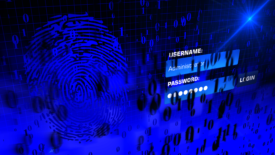Cybersecurity News
Passwords are bad for business, frustrating for consumers
According to Transmit Security’s State of Customer Authentication report, 55% of consumers have stopped using a website because of the login process and more than 87% have been locked out of an online account because of an error-ridden password process.
March 30, 2021
Sign-up to receive top management & result-driven techniques in the industry.
Join over 20,000+ industry leaders who receive our premium content.
SIGN UP TODAY!Copyright ©2024. All Rights Reserved BNP Media.
Design, CMS, Hosting & Web Development :: ePublishing










